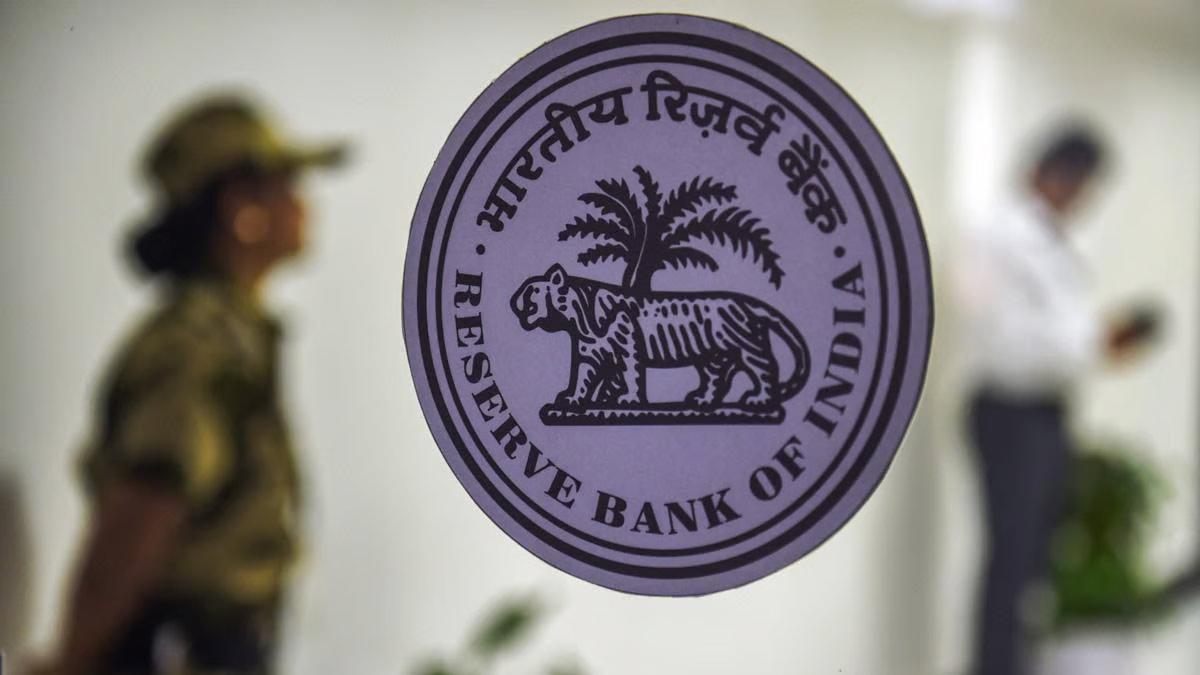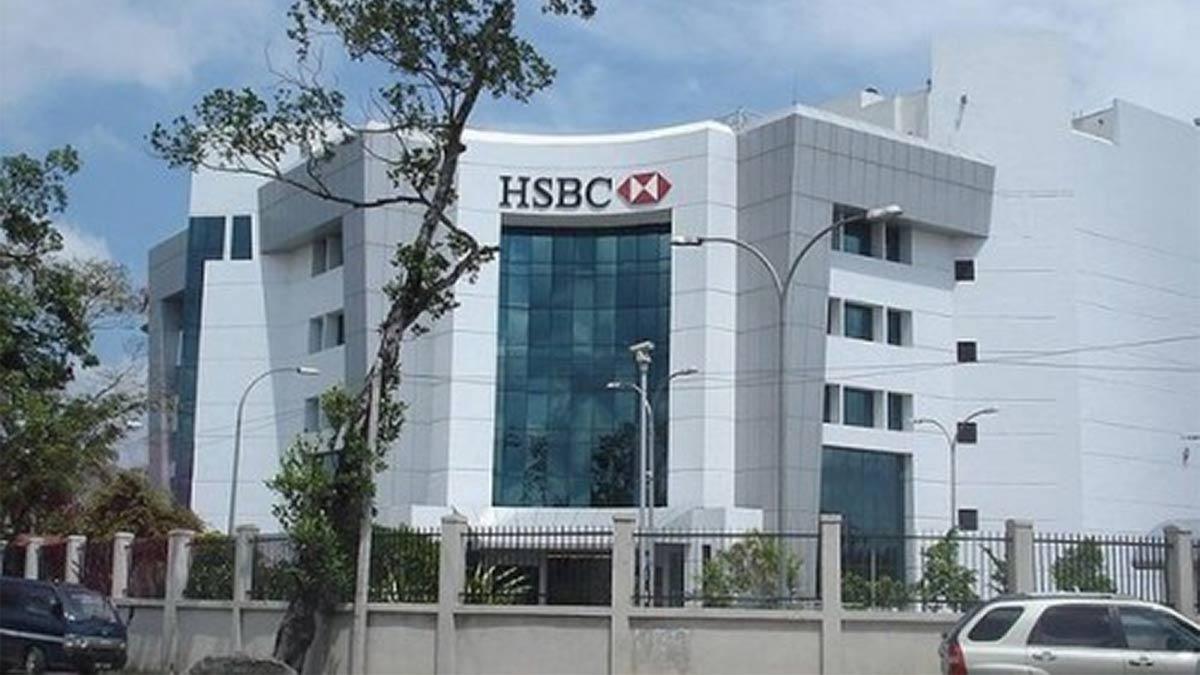The Reserve Bank of India (RBI) was set to infuse ₹2,50,000 crore into the banking system on Wednesday through its Variable Rate Repo (VRR) auction to bolster liquidity.
According to the central bank, this amount was determined after assessing prevailing liquidity conditions in the financial system.
Additionally, the RBI announced that it would conduct daily Variable Rate Repo (VRR) auctions on all working days in Mumbai, with the reversal occurring the next business day, until further notice.
Following the recent monetary policy meeting, RBI Governor Sanjay Malhotra reiterated the central bank’s commitment to ensuring ample liquidity in the economy. He emphasized that necessary measures would be taken to sustain liquidity at appropriate levels.
Governor Malhotra also assured that the RBI was closely monitoring the Indian rupee and taking necessary actions to maintain currency stability.
A recent report by Morgan Stanley projected that the RBI would continue proactive liquidity management, potentially employing measures such as Open Market Operations (OMO) purchases and Foreign Exchange (FX) swaps, especially as liquidity tightens toward the end of March. The report also warned that if domestic demand remains weak and global uncertainties persist, the risk of an extended rate cut cycle could increase.
The report further cited the RBI governor’s remarks regarding the balance between financial stability and regulatory efficiency. He stated that this trade-off would be carefully considered while drafting new regulations.
In a significant relief to banks, Governor Malhotra announced that the implementation of the proposed Liquidity Coverage Ratio (LCR) requirements and new project financing norms would be postponed by a year. These regulations will now take effect no earlier than March 31, 2026.
Explaining the decision, Malhotra noted that the previous March 2025 deadline did not provide adequate time for a smooth transition. The RBI aims to avoid disruptions in the financial system while ensuring a seamless implementation of the new guidelines.
Both public and private sector banks had strongly opposed the introduction of these norms, initially proposed by former RBI Governor Shaktikanta Das, fearing they would trigger a liquidity crunch.
Bank executives had raised their concerns directly with Malhotra soon after he assumed office, following the conclusion of Das’s tenure.
Read also| 'Perfect Time to Invest in India': PM Modi Urges French Businesses to Expand
Read also| Gold Futures Reach Record High at Rs 86,360 per 10g


















